-
根据《2018中国生态环境状况公报》[1],2018年全国338个地级及以上城市与2017年相比,仅臭氧(O3)浓度和超标天数比例均上升,其他5项指标浓度和超标天数比例均下降;长三角地区超标天数中,O3已超过PM2.5成为首要污染物。而从2013~2018 年,江苏省臭氧日最大8 h平均值第90百分位数平均浓度从139 μg/m3上升到177 μg/m3,上升比例达到27.3%。特别是2019年上半年O3浓度达到181 μg/m3,同比上升4.6%,为2013年以来同期最高水平,污染形势极为严峻。根据在长三角重点城市开展的研究,上海、南京等城区的O3处于对VOCs敏感的情况[2-5],研究VOCs的排放特征对解决城市臭氧污染问题具有很大的指导意义。
徐州地处江苏省西北部、华北平原东南部,长江三角洲北翼,是淮海经济区中心城市。近年来,徐州市臭氧浓度迅速上升,臭氧日最大8 h滑动均值高于全省平均水平,但对其成因及前体物的研究尚未见报道。本研究在徐州市主要国控站点附近开展在线逐时观测,对VOCs污染特征进行研究,以期为徐州市臭氧污染防治提供依据。
全文HTML
-
徐州市共有7个国控监测点,分别为鼓楼区政府、黄河新村、桃园路、农科院、淮塔、新城区和铜山区招生办监测点见图1。
其中农科院和桃园路站点臭氧浓度同比增幅最高且均位于徐州经济开发区内,因此以这两个点作为重点研究对象。因农科院、桃园路国控站仅配置常规6参数在线监测仪器,为掌握其VOCs污染特征,利用移动监测车于2018年 5月18~28日(春季)开展了VOCs组分连续24 h在线观测。
-
VOCs组分连续在线观测采用武汉天虹公司TH-300B型大气环境挥发性有机物在线监测系统。该系统采用超低温空管捕集技术与气相色谱-质谱联用(GC-MS)检测技术进行实时监测,时间分辨率为1 h。该监测系统主要包括载气系统、电子制冷超低温预浓缩采样系统和气相色谱-火焰离子化检测器/质谱检测器(GC-FID/MS)分析系统等。监测时环境空气被抽入预浓缩单元后分成两路,气路1经低温除水后在−160 ℃低温条件下,用PLOT毛细管柱捕集浓缩环境空气中C2~C5碳氢化合物,气路2经低温除水后在−160 ℃低温条件下,用去活毛细管柱捕集浓缩C5~C12碳氢化合物、卤代烃和含氧挥发性有机物。采样完成后,捕集管快速加热,在载气的携带下,C5~C12碳氢化合物经毛细管柱分离后用FID测定;C5~C12碳氢化合物、卤代烃和含氧挥发性有机物经毛细管柱分离后由MS检测器测定;FID分析用保留时间定性,外标法定量;MS分析通过待测目标物与标准物质的保留时间和质谱图相比较进行定性,内标法或外标法定量。该系统可在线监测102种以上VOCs物种,测量范围涵盖57种臭氧前驱物、35种卤代烃和15种含氧挥发性有机物。
1.1. 采样点布设
1.2. 实验方法
-
春季观测期间,共在线监测了105种VOCs物质,其中烷烃类29种,烯、炔类12种,芳香烃类17种,卤代烃类35种,含氧有机物12种。采样期间,农科院和桃园路VOCs浓度均值分别为105.3和108.5 μg/m3,浓度范围分别为43.5~681.4和51.1~422.6 μg/m3。
农科院站点VOCs组成结构以烷烃和芳香烃为主,占比:40.1%和35.5%,其次为卤代烃和含氧有机物,比例为12.0%和9.1%。其中,平均质量浓度最高的10个VOCs物种及其占比分别为正丁烷9.6%、2,2,4-三甲基戊烷7.3%、间/对二甲苯7.2%、1,2,4-三甲基苯6.6%、乙基苯6.1%、2-甲基庚烷5.3%、异丁烷5.2%、甲苯4.0%、邻二甲苯3.9%和乙烷2.9%,累计约占TVOCs质量浓度的58%。
桃园路站点VOCs组成结构以芳香烃和烷烃为主,占比分别为33.2%和28.6%,其次为卤代烃和含氧有机物,比例为20.3%和15.9%。其中,平均质量浓度最高的10个VOCs物种及其占比分别为丙酮8.9%、间/对二甲苯6.5%、甲苯6.0%、乙基苯5.5%、1,2-二氯乙烷4.3%、二氯甲烷4.1%、2-甲基庚烷4.0%、2,2,4-三甲基戊烷3.9%、乙烷3.8%和1,2,4-三甲基苯3.6%,累计约占TVOCs质量浓度的51%。
高浓度的烷烃类和芳香烃类化合物表明,工业生产、汽车排放可能对徐州经济开发区春季大气挥发性有机物有重要贡献。
-
臭氧生成潜势(OFP)是综合衡量VOCs物种的反应性对O3生成潜势的指标参数,可用于识别VOCs中的关键活性物种。OFP大小由VOCs物种排放量和该物种的最大增量反应活性(MIR)决定,计算见式(1)。
式(1)中:[VOC]i为VOCs中物种i的浓度;MIRi为物种i的最大增量反应活性。
本研究引用CARTER[6]文中的MIR值,并计算了各VOCs物种的OFP,从而识别出影响农科院和桃园路站点大气O3生成的关键VOCs物种。对臭氧生成潜势贡献排名前10的物种,见图2。
为进一步识别环境空气中臭氧生成潜势较大的物种来源,选取OFP最大的前10个VOCs物种进行分析:
农科院站点具体物种名称及其对OFP贡献分别为1,2,4-三甲基苯19.7%、间/对二甲苯18.9%、邻二甲苯10.1%、乙基苯6.2%、1,2,3-三甲基苯5.6%、甲苯5.3%、3-甲乙苯4.5%、正丁烷3.7%、乙烯3.2%和1,3,5-三甲苯3.1%,这几个组分对臭氧生成潜势的总贡献率达到80.2%。
桃园路站点具体物种名称及其对OFP贡献分别为间/对二甲苯18.6%、1,2,4-三甲基苯11.7%、邻二甲苯9.9%、甲苯8.7%、3-甲乙苯6.1%、乙基苯6.0%、1,2,3-三甲基苯5.8%、反-2-戊烯5.5%、乙烯5.0%和1,3,5-三甲苯2.3%,这几个组分对臭氧生成潜势的总贡献率达到79.6%。
可见,农科院和桃园路站点对OFP贡献较大的物种主要是芳香烃类物质,其中1,2,4-三甲基苯、间/对二甲苯和邻二甲苯是对OFP贡献最大的物种,说明溶剂使用/挥发对这2个站点O3生成可能有重要贡献。乙烯、正丁烷等是不完全燃烧排放的重要示踪物,主要来自于机动车尾气及油气蒸发[7-8],对经济开发区大气O3生成也有一定贡献。
-
基于农科院和桃园路站点VOCs时间变化序列,探究VOCs污染过程,见图3。
图3可见,从5月22日夜间至23日上午,农科院站点芳香烃浓度大幅升高,远超过其他组分,连续出现3个污染峰,芳香烃浓度在23日凌晨2时出现最大峰值,随后持续降低,直至恢复至污染峰出现前的平均水平。在此期间,其他VOCs物种未呈现类似的变化。由特殊时段不同芳香烃时间序列进一步分析,除苯和甲苯外,其余芳香烃(乙基苯、间/对二甲苯、邻二甲苯、苯乙烯、异丙基苯、丙基苯、3-甲乙苯、4-甲乙苯、1,3,5-三甲苯、2-甲乙苯、1,2,4-三甲基苯和1,2,3-三甲基苯)均呈现出明显的上述污染峰特征,其中1,2,4-三甲基苯的浓度上升最高,其次为间/对二甲苯和邻二甲苯。根据对开发区企业的排查及监测结果,站点周边重点工业污染源主要是以徐工、卡特彼勒为代表的涂装企业及中小型油墨企业为主,其中涂装行业主要排放物种为苯系物,印刷行业主要是醇类、酮类以及烷烃类;各类设备制造企业共51家,初步测算VOCs排放量占80%以上,对开发区VOCs贡献占主导,判断峰值的出现很可能是受附近较多的涂装企业的影响,并存在夜间生产现象。观测期间农科院站点烷烃浓度显著高于其他组分,并且有微弱污染峰的出现,根据农科院站点VOCs的组成结构,既有C2~C4的低碳烷烃,也有高碳烷烃存在,判断可能主要受机动车和工业排放的影响。
桃园路站点芳香烃和烷烃浓度均较高,含氧VOCs和卤代烃浓度也明显高于农科院站点,见图4。
图4可见,桃园路站点在5月27日21时至5月28日凌晨1时出现较大的芳香烃污染峰,最高出现在27日22时。此外,桃园路芳香烃浓度在多个时间段均出现了相对小幅的污染峰,鉴于该站点附近有大型喷涂企业,很有可能受到工艺工程的影响。25日18时烷烃浓度出现峰值,根据筛查主要影响物种为异戊烷,其贡献占71.8%,而异戊烷为汽油挥发的特征污染物[9-11],受交通影响较为显著。
机动车排放和有机溶剂挥发是芳香烃的主要污染来源,其中苯是机动车尾气VOCs的典型物种,而甲苯除机动车外还受多种污染源的影响,因此许多研究采用苯和甲苯的浓度比(B/T)来确定大气VOCs的来源。当B/T接近0.5时,认为大气中的VOCs主要来自于机动车尾气排放[12-13];当B/T >0.5时,大气中的VOCs可能来自于生物燃料或木炭的燃烧[14],也有可能来自石油化工或涂料的使用[15];当B/T >1时,大气中VOCs主要来自煤燃烧;当B/T<0.5时,除了机动车外可能还有涂料的使用、溶剂的挥发等导致额外的甲苯排放[16-17]。春季采样期间,农科院和桃园路站点B/T均值分别为0.42和0.44,由此推断研究区环境空气中苯系物可能主要来源于机动车尾气排放、溶剂和涂料的使用。
2.1. 大气VOCs污染特征
2.2. 大气VOCs化学反应活性
2.3. 大气VOCs污染来源分析
-
1)2018年5月观测期间,农科院和桃园路站点VOCs浓度均值分别为105.3和108.5 μg/m3。农科院站点VOCs组成结构中烷烃、芳香烃占比分别为40.1%、35.5%,平均质量浓度最高的5个VOCs物种分别为正丁烷、2,2,4-三甲基戊烷、间/对二甲苯、1,2,4-三甲基苯和乙基苯;桃园路站点VOCs组成结构中芳香烃、烷烃占比分别为33.2%、28.6%,平均质量浓度最高的5个VOCs物种分别为丙酮、间/对二甲苯、甲苯、乙基苯和1,2-二氯乙烷。
2)农科院和桃园路站点对臭氧生成潜势贡献较大的物种主要是芳香烃类物质,其中1,2,4-三甲基苯、间/对二甲苯和邻二甲苯是对OFP贡献最大的物种,说明溶剂使用/挥发对这2个站点O3生成可能有重要贡献,机动车排放对经济开发区大气O3生成也有一定贡献。
3)观测期间农科院和桃园路站点出现较为明显的芳香烃污染峰,经分析很可能是受附近较多的涂装企业以及机动车的影响。苯和甲苯的浓度比(B/T)结果也表明,徐州市经济开发区环境空气中苯系物可能主要来源于机动车尾气排放、溶剂和涂料的使用。
4)为控制徐州市经济开发区的臭氧污染,应大力削减本地VOCs排放量,重点强化对工业企业的VOCs治理,尤其应加大对使用溶剂型涂料的涂装企业的整治力度,并建立全方位的VOCs排放监管体系。






 下载:
下载:
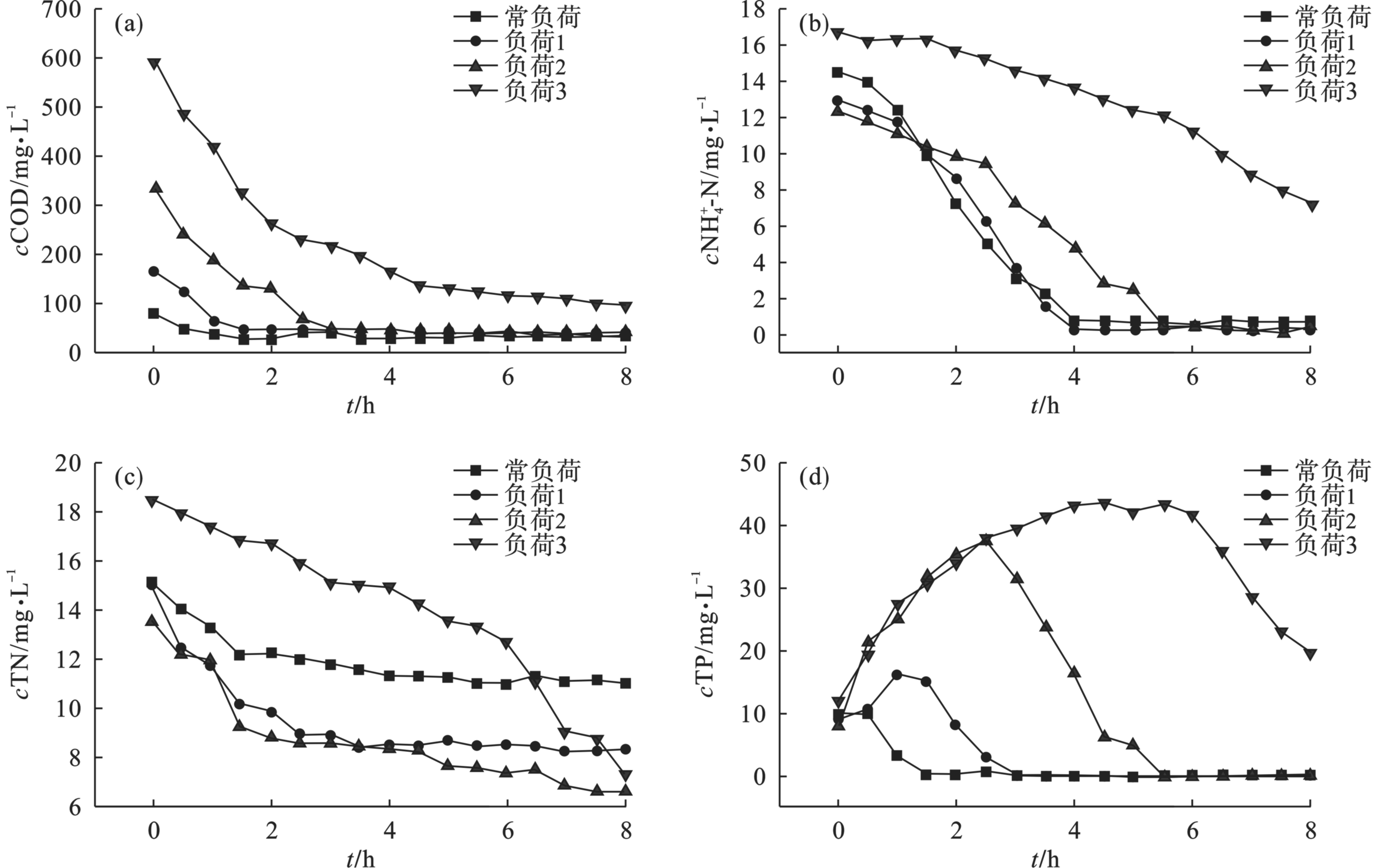
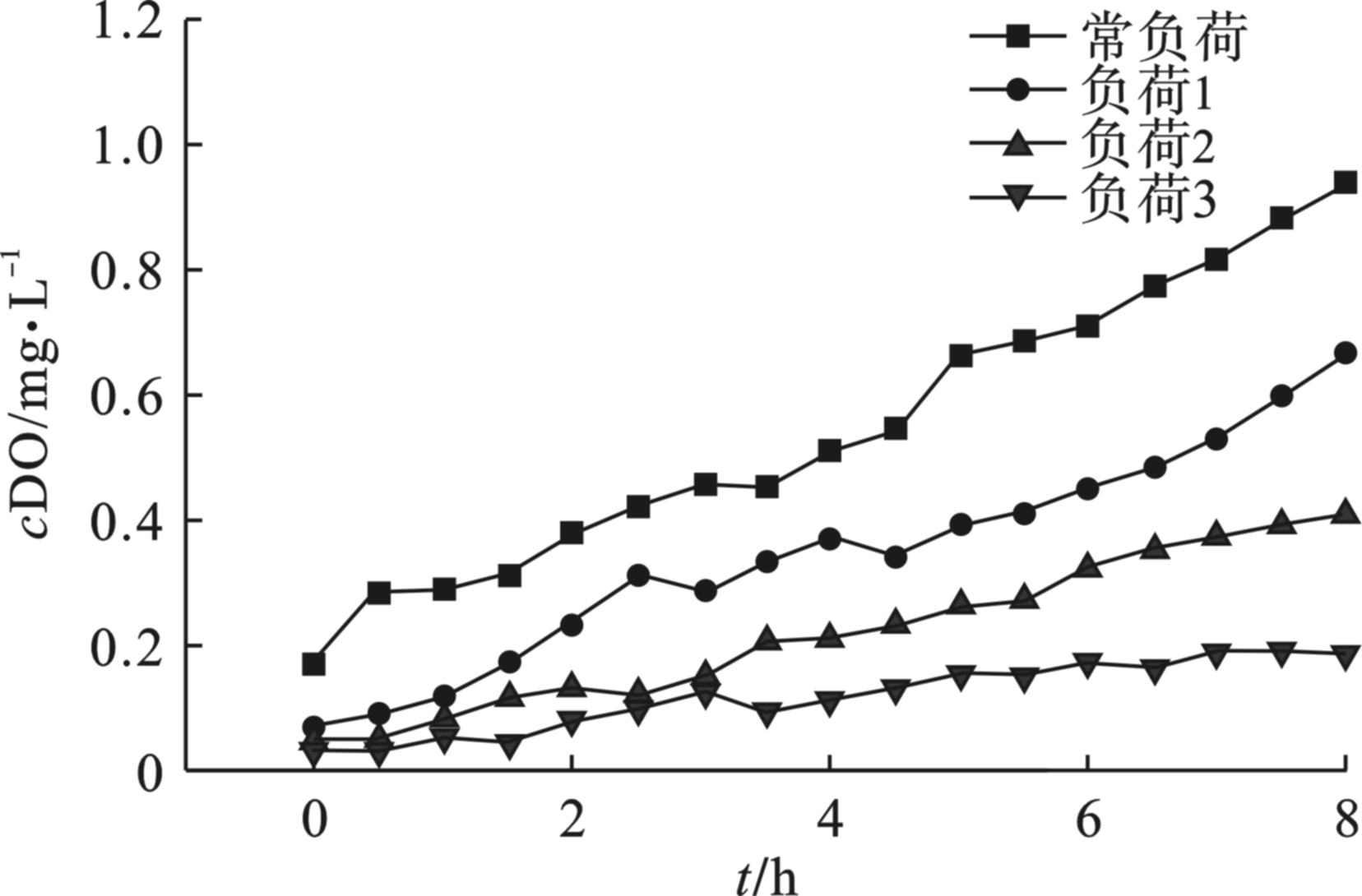
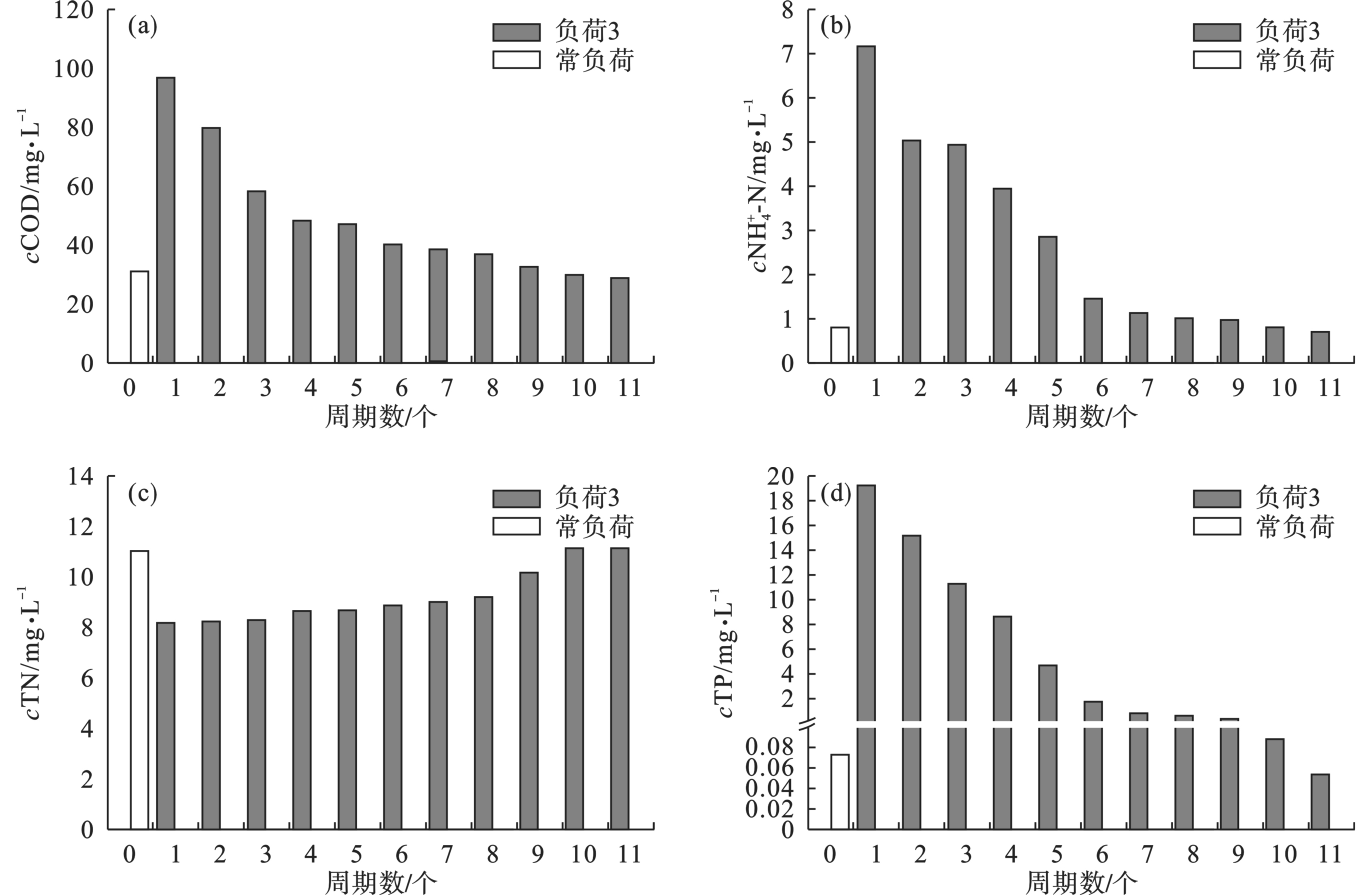
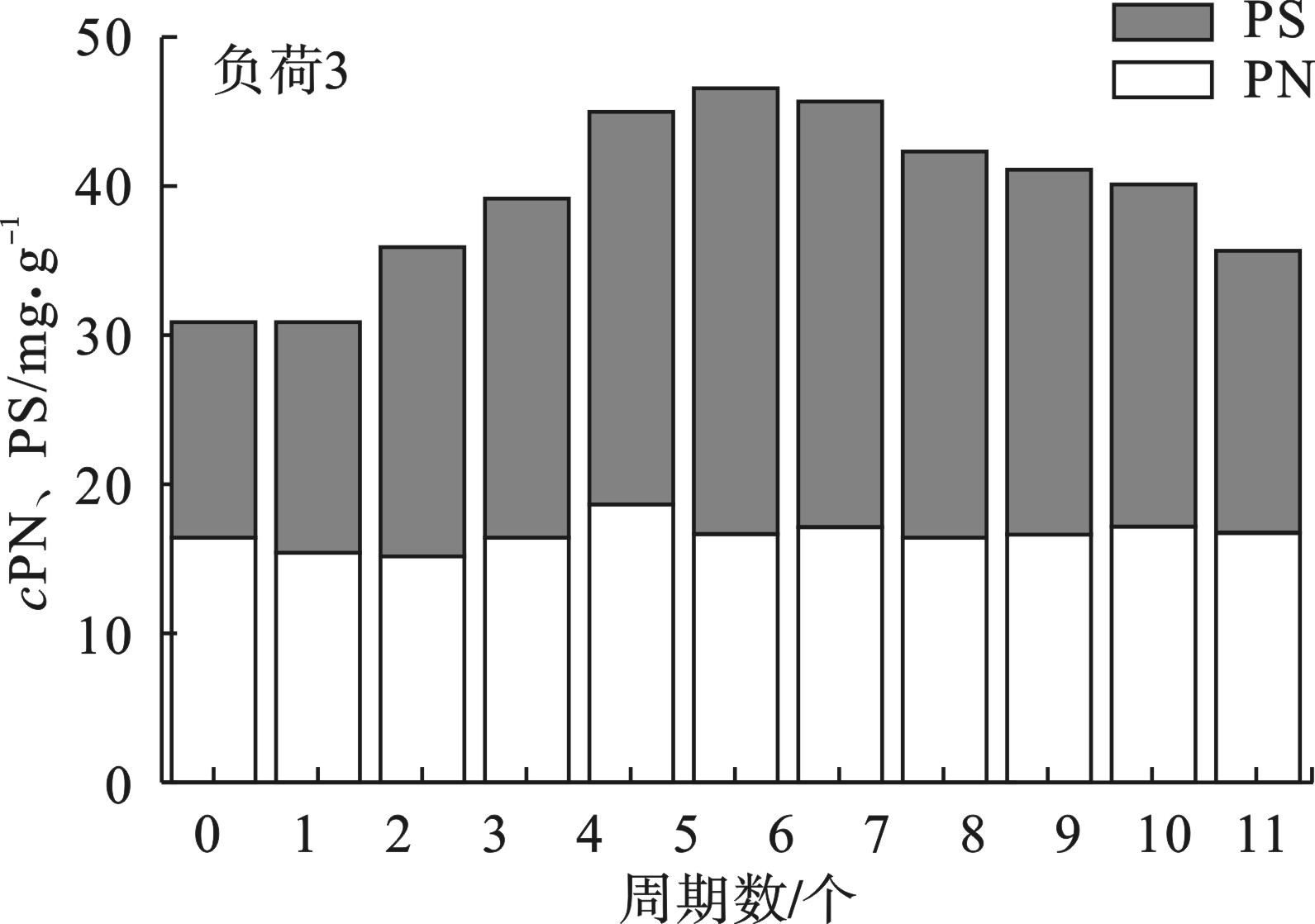
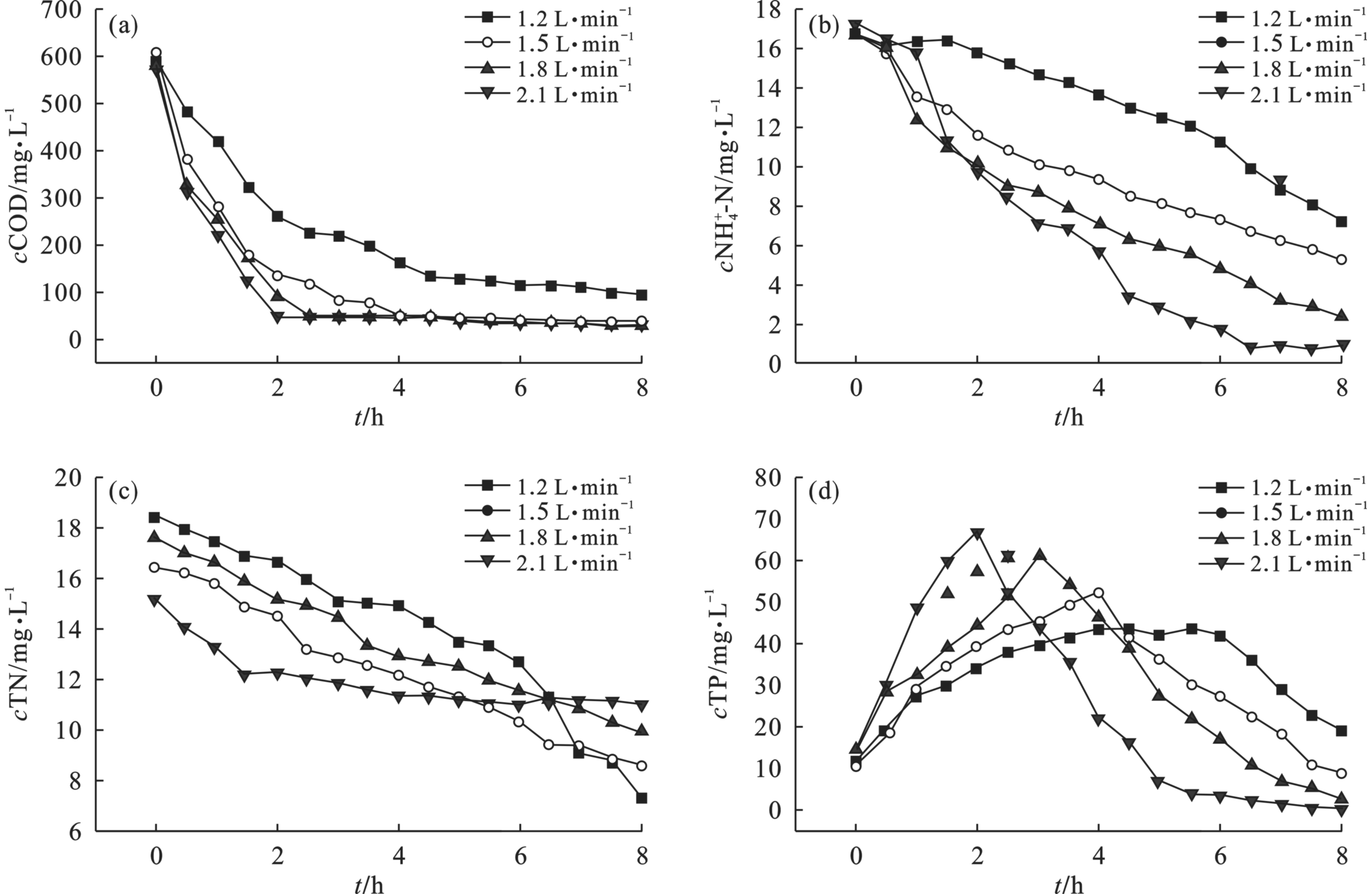
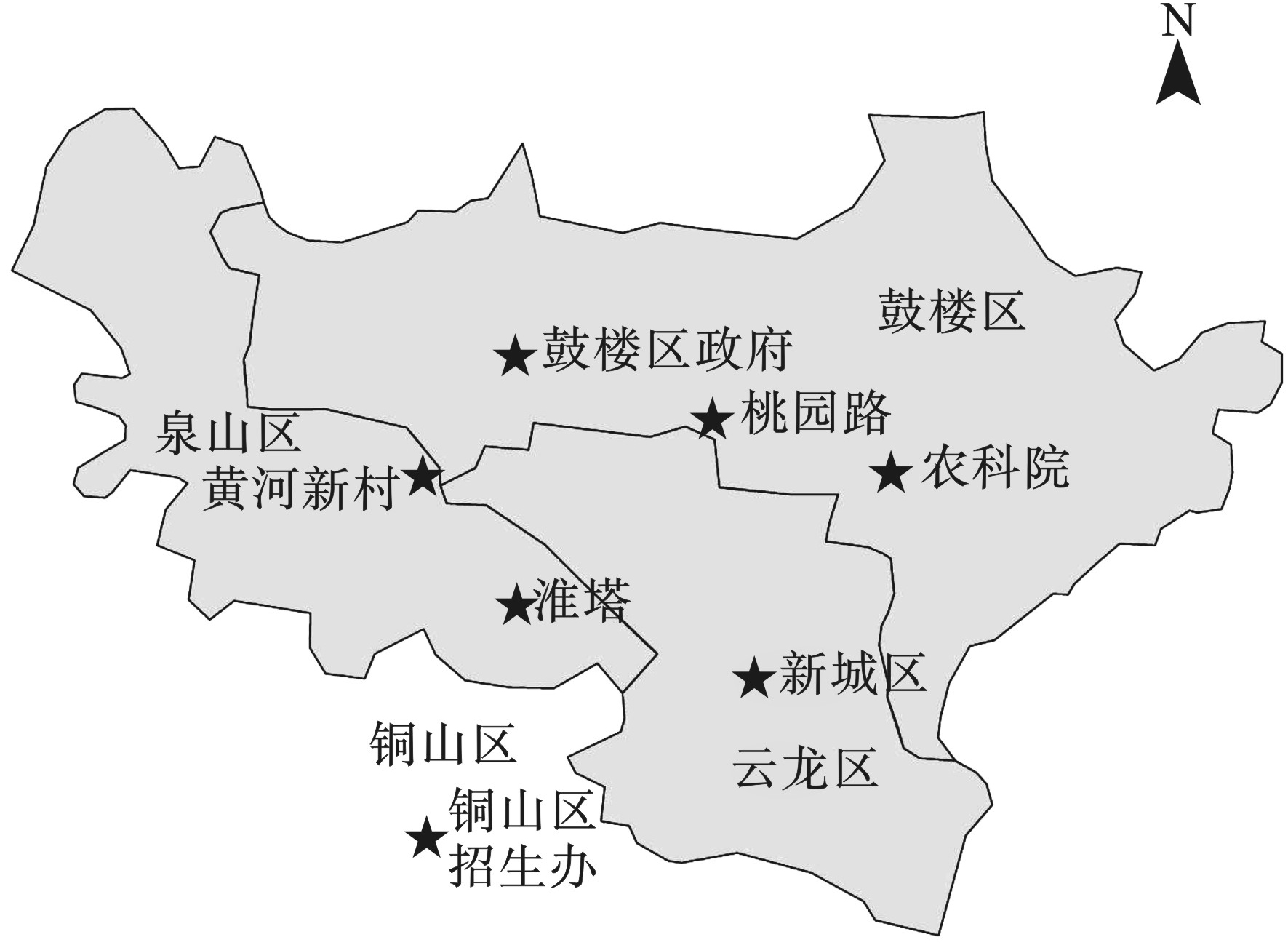


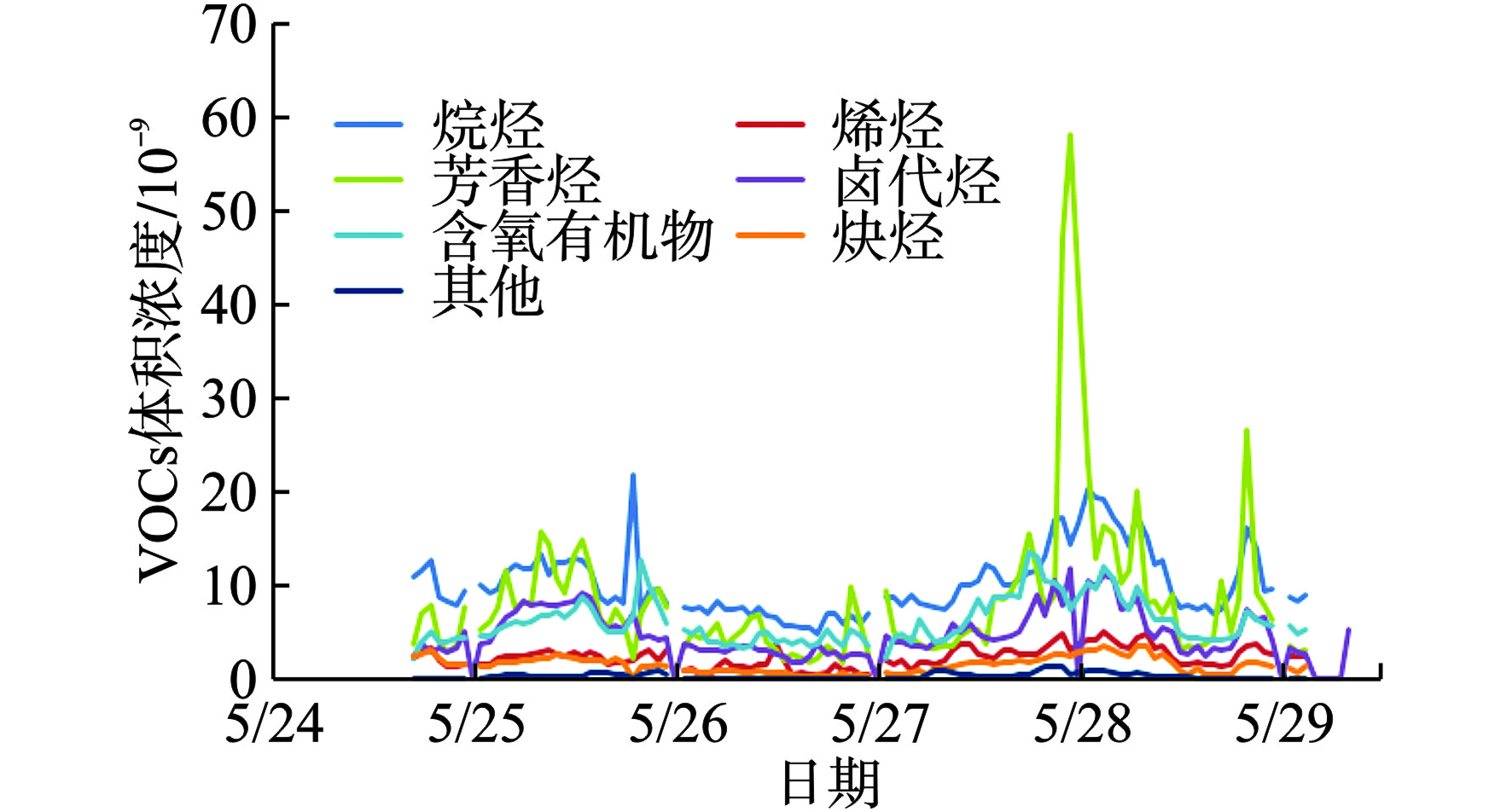
 百度学术
百度学术


